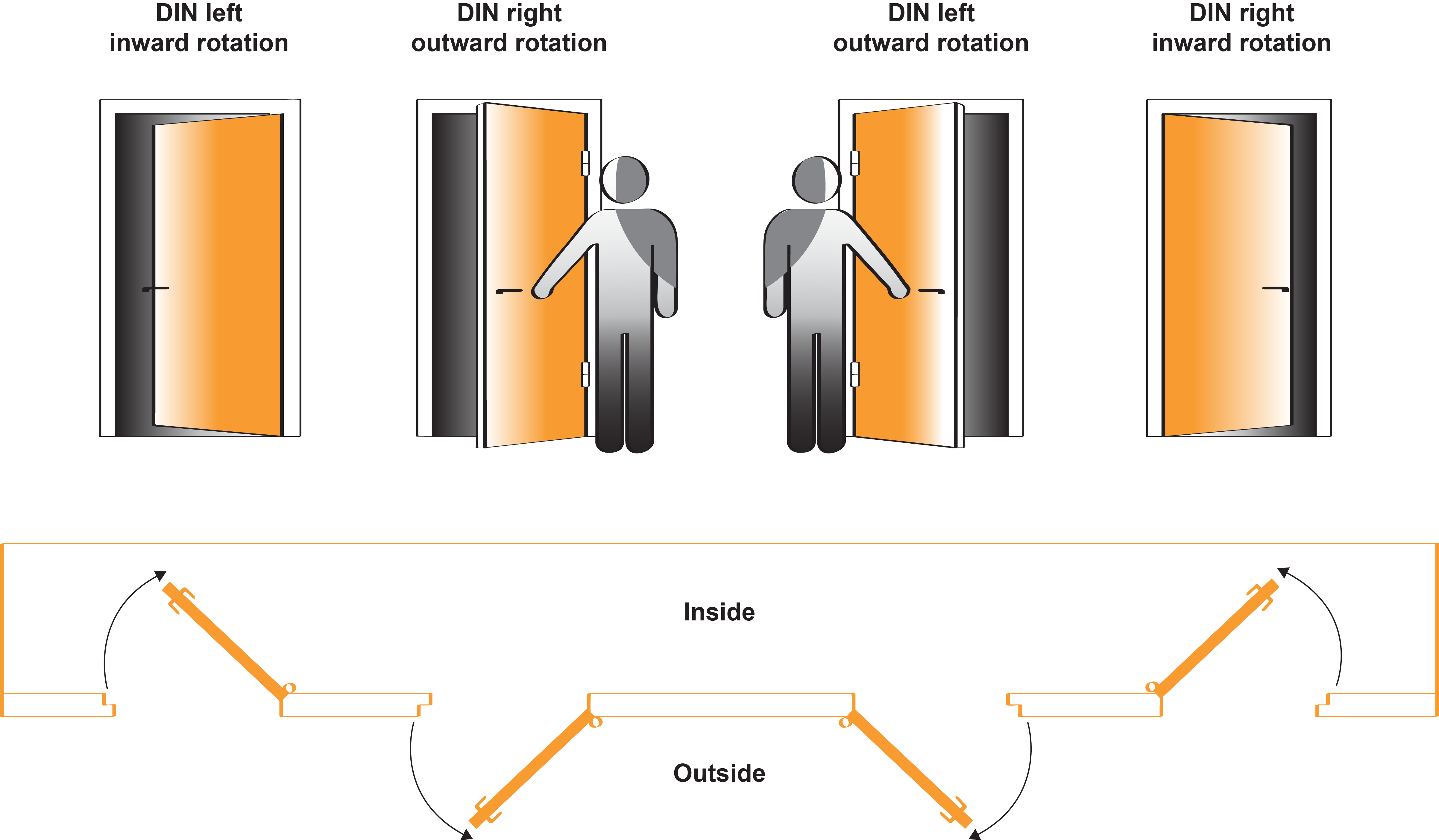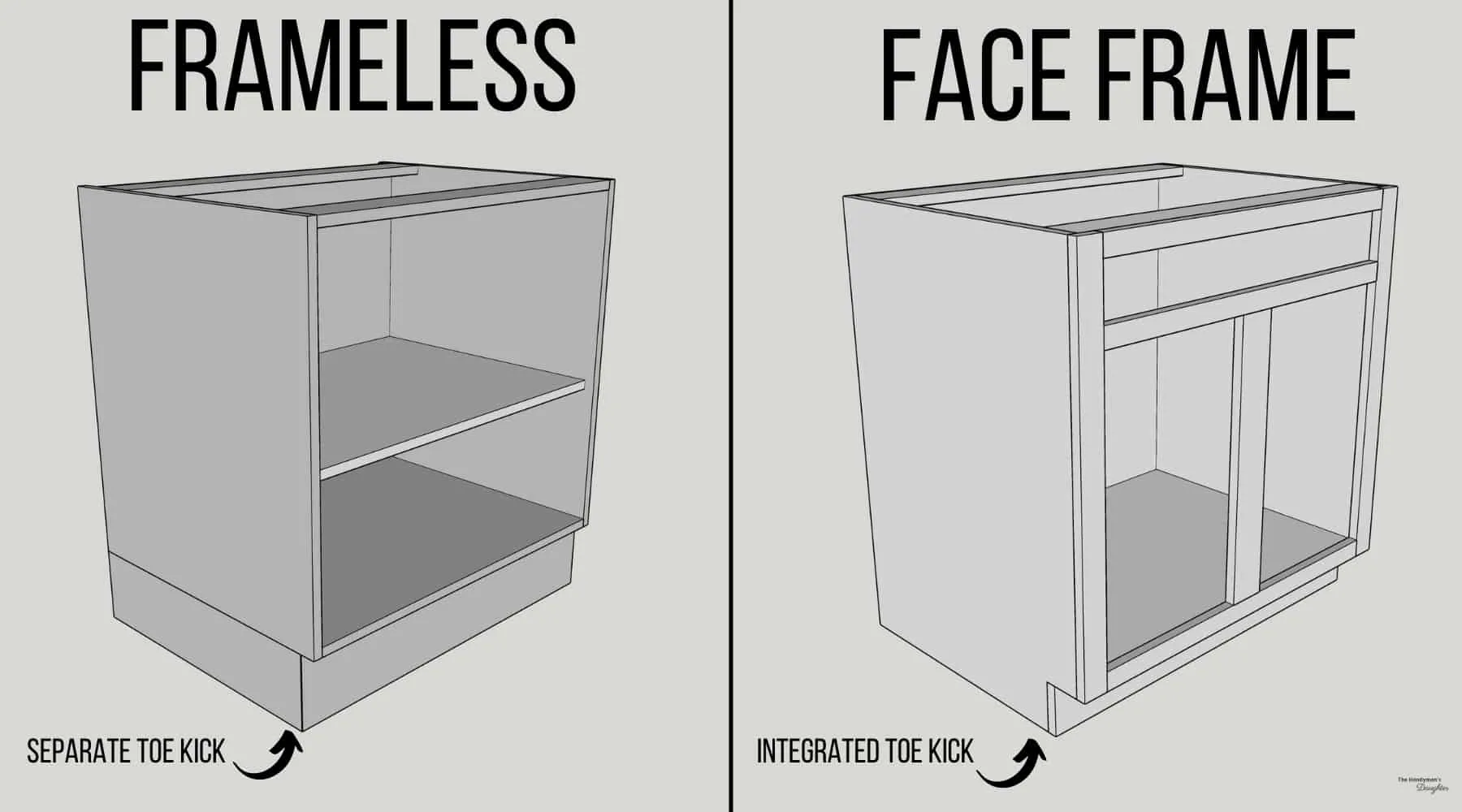Cabinet Door Hinge Types and Their Impact on Opening Direction

Cabinet door hinges are crucial components determining not only how a door opens but also its overall aesthetic appeal. The type of hinge used directly influences the direction the door swings, impacting both functionality and the overall design of your kitchen or bathroom cabinets. Understanding the different hinge types and their installation is key to achieving a seamless and efficient cabinet system.
Cabinet Hinge Types and Their Features
Choosing the right cabinet hinge depends on the cabinet style and desired look. Three main types exist: overlay, inset, and full overlay. Each offers unique characteristics impacting door opening. The following table summarizes these differences:
| Hinge Type | Door Overlay | Features | Typical Opening Direction |
|---|---|---|---|
| Overlay | Partially overlaps the cabinet face frame | Cost-effective, common, simple installation | Determined by hinge placement; can be right or left |
| Inset | Recesses into the cabinet face frame, flush with the cabinet face | Clean, sophisticated look, requires precise installation | Determined by hinge placement; can be right or left |
| Full Overlay | Completely covers the cabinet face frame | Modern, sleek appearance, requires specific hinges and precise measurements | Determined by hinge placement; can be right or left |
Hinge Placement and Door Swing
The placement of hinges directly dictates the direction of the door’s swing. For a right-hand opening door, the hinges are typically mounted on the left side of the door, allowing it to open to the right. Conversely, for a left-hand opening door, the hinges are mounted on the right side, enabling the door to open to the left. This is true regardless of the hinge type. Precise hinge placement ensures smooth, unobstructed door operation. Incorrect placement can lead to interference with adjacent cabinets or drawers.
Installing Different Hinge Types, Cabinet door opening direction
The installation process varies slightly depending on the hinge type, but the principle of hinge placement remains the same. Overlay hinges typically require simpler installation, often involving screwing the hinge cups directly onto the door and the hinge leaves onto the cabinet frame. Inset hinges demand more precise measurements and careful fitting to ensure the door sits flush with the cabinet face. Full overlay hinges require specific hinges designed for full overlay applications and precise measurements to ensure the door completely covers the cabinet face frame. In all cases, the location of the hinges on the door and cabinet determines the direction of the door’s swing. For example, to install a right-hand opening door with overlay hinges, the hinges are mounted on the left side of the door and the corresponding hinge leaves on the left side of the cabinet frame. A left-hand opening door would use the opposite placement.
Ergonomics and Kitchen Design Considerations for Cabinet Door Opening Direction

Careful consideration of cabinet door opening direction significantly impacts kitchen workflow and user experience. Optimizing door placement improves accessibility, minimizes wasted movement, and enhances the overall efficiency of the kitchen space. This section explores the ergonomic principles involved and examines how door orientation affects different kitchen layouts.
Ergonomic Principles for Kitchen Cabinet Door Design
Effective kitchen design prioritizes ergonomics to minimize strain and maximize efficiency. The following principles guide the placement and opening direction of cabinet doors:
- Accessibility: Frequently used items should be within easy reach, requiring minimal stretching or bending. Doors should open without obstructing walkways or other cabinets.
- Work Triangle: The arrangement of the sink, stove, and refrigerator should form an efficient work triangle, minimizing steps between these key areas. Cabinet door placement should complement this triangle.
- Clearance: Sufficient space must be available to open cabinet doors fully without interference from adjacent cabinets, appliances, or walkways. This typically requires a minimum of 24 inches of clearance.
- Anthropometry: Cabinet heights and depths should be tailored to the user’s height and reach. Upper cabinets should be accessible without excessive stretching, while lower cabinets should be positioned for comfortable bending.
- Natural Movement Flow: Cabinet door opening direction should encourage a natural flow of movement within the kitchen. Avoid placing doors that necessitate awkward reaching or turning.
Cabinet Door Opening Direction in Different Kitchen Layouts
The optimal opening direction for cabinet doors varies depending on the kitchen’s layout. Here’s a comparison of right-hand and left-hand opening doors in common kitchen designs:
- Galley Kitchen: In a narrow galley kitchen, doors opening towards the center of the kitchen can obstruct the walkway. Alternating right-hand and left-hand opening doors on opposite sides of the galley helps to maintain a clear pathway. Right-hand doors on one side and left-hand doors on the other side would improve workflow.
- L-Shaped Kitchen: In an L-shaped kitchen, the corner cabinets present a challenge. Right-hand opening doors on one leg of the “L” and left-hand opening doors on the other can optimize space utilization and avoid interference. Careful planning is needed to ensure doors don’t clash.
- U-Shaped Kitchen: U-shaped kitchens offer more flexibility. A mix of right-hand and left-hand doors can be used effectively, ensuring that doors open away from the central work area and do not hinder movement.
Sample Kitchen Layout with Optimized Cabinet Door Placement
Consider a U-shaped kitchen with a 10-foot long countertop along one wall. On this wall, base cabinets with left-hand opening doors could be installed, creating a clear workspace. The opposite wall, also 10 feet long, could have base cabinets with right-hand opening doors. This arrangement allows for easy access to all cabinets without obstructing the central workspace. Upper cabinets could use a consistent opening direction (e.g., all right-hand opening) to maintain visual consistency and avoid confusion. Corner cabinets would require careful planning, potentially utilizing lazy susans or other space-saving mechanisms to maximize accessibility. This layout prioritizes efficient workflow by preventing door-opening conflicts and ensuring easy access to frequently used items. The layout allows for a seamless flow of movement, improving overall kitchen efficiency and reducing wasted steps.
Cabinet Door Opening Direction in Different Styles and Settings

The direction your cabinet doors open significantly impacts both the functionality and aesthetics of your kitchen or bathroom. Choosing the right opening direction isn’t just about convenience; it’s a design decision that subtly influences the overall feel of the space. This section explores how cabinet door opening direction interacts with various design styles and room contexts.
Cabinet Door Opening Direction in Different Design Styles
The aesthetic impact of cabinet door opening directions varies depending on the overall design style. A traditional kitchen, for example, often benefits from the classic elegance of inward-opening doors, creating a sense of symmetry and order. In contrast, a modern minimalist kitchen might leverage outward-opening doors, emphasizing clean lines and maximizing space. The choice reflects the core principles of each style. In traditional settings, ornate hinges and detailed cabinetry might be better showcased with inward-opening doors, allowing for a closer examination of craftsmanship. Modern kitchens, often featuring sleek, handleless designs, can benefit from outward-opening doors, which minimize visual clutter and maintain the uncluttered look. Minimalist designs often incorporate flush-mounted hardware or completely forgo handles, and outward-opening doors seamlessly integrate with this aesthetic.
Cabinet Door Opening Direction in Different Room Settings
The ideal opening direction also depends heavily on the room’s layout and function. Consider a bathroom vanity: inward-opening doors are generally preferred to avoid doors swinging out into a potentially cramped space, especially if the vanity is positioned close to a shower or bathtub. This ensures safe and easy access without obstructing movement. In contrast, pantry cabinets, which are often located in a larger space, offer more flexibility. Outward-opening doors, or even bi-fold doors, can be beneficial in a pantry to provide a wider opening and better access to stored items. This is particularly useful for maximizing visibility and ease of use in deeper cabinets. In a walk-in pantry, for instance, outward-opening doors can allow for a completely unobstructed view of the shelves. This contrasts sharply with the more constrained space of a bathroom, where safety and ease of movement take precedence over maximizing the view inside the cabinet.
